MEDIA RELEASE
This document is currently under review by Special Olympics Ontario
MEDIA RELEASES
The media release, which provides details about your event or activities, can be an important vehicle in gaining valuable publicity for your community.
The appearance of your news release is important. The following are standard recommendations for creating news releases:
- Use 8½x11 plain paper
- Use the Special Olympics Ontario logo to create letterhead – easy recognition and identification is essential
- Always provide the name and position of a contact person
- Always provide a release or issue date
- Double space your media release
- You can write MEDIA RELEASE across the top of your page to make it easily identifiable
- If you choose to use a headline, it should be short and newsy
- The release should be structured in what is known as the inverted pyramid with the most important part of your information up front. After that, less important information can follow from there. Ensure that the first couple of sentences or paragraphs contain key information – WHO, WHAT, WHERE, WHEN, WHY (the 5 W’s) and HOW!
- Be brief! Use short sentences and paragraphs
- Use catchy quotes from athletes, volunteers, parents, websites, etc.
- End your release with -30-. If your release is more than one page, type –more- at the bottom of your first page
- Ensure that you and another person have proofread your copy for spelling and grammatical errors
Other Methods of Releasing Information:
Media Alert
A media alert is used to entice media to attend your event without giving away all the important information in advance. As with media releases, alerts contain just enough details of the “5 W’s” to spark the media attention and gain interest in your event. The alert is faxed a few days in advance of your event.
Photo Opportunities
If you have an announcement to make that has a visual aspect to it, a photo opportunity may be considered. This might include displays, ribbon cuttings, charitable donations, cheque presentations, award banquets, fundraising events attended by a local celebrity or politician, sport practices or events, athletes, etc. A photo opportunity is offered for an extended period of time during which the media can come and go at leisure and take the photographs they need. Photo opportunities may also include interviews as well. You can also send a photograph to the editor at your local newspaper after an event is held. Be sure to include a caption identifying the activity and the people involved.
Public Service Announcements
Public Service Announcements (PSAs) are announcements from a non-profit organization broadcast as a community service on a television or radio station. A PSA can promote an event, fundraisers or an ongoing service. They are an excellent tool for increasing public awareness and support for Special Olympics programs by reaching specific audiences or sending inspirational messages. Live PSAs announce events or programs of continuing interest and importance such as fundraising projects, volunteer opportunities, ongoing Special Olympics programs, etc. Radio or television stations need 10, 20, 30 or 60-second messages that inform the public of a specific event or service, and invite the public to become involved.
|
|
Pre-recorded PSAs are as the name indicates; pre-recorded messages. With this type of PSA, you have all the opportunity to add sound effects or music, or even get a local celebrity to record the spot. Check with your local stations to determine an acceptable format for your recording.
Rules of Thumb
- PSAs should be double spaced
- PSAs should be sent to the station(s) at least three weeks before the event
- PSAs should be submitted with a short cover letter including clear instructions for air time (when to start and when to stop)
- Personal contact with the Public Service Director will greatly help in getting your PSA aired
- Remember to send thank you notes to the media after your PSA has aired
Media Kit
A media kit is a collection of information pertaining to the event you are attempting to publicize compiled in a folder. The purpose of the kit is to give your media contact as much information as he or she needs to write a story on your event. A typical media kit would contain the following:
- A media release
- A schedule or location of events
- Fact sheets
- Sponsors
- Brochures
- Photographs
- A list of special guests and biographies
Media Conference
A media conference should only be called when there is something major to announce or request or when your news cannot be explained thoroughly through a news release. It should only be called if you are prepared to release information and answer questions.
Media Follow-up
A follow-up phone call to your media contact can ensure that your news release or media alert was received. It is also another opportunity to sell your story to the media or to find out if they will be attending your event. It is helpful to keep a list of media who attended your event so you can later contact those who did not. Remember, if the media can’t attend your event, they may still cover your story if you send them adequate information. Also, be prepared that the media may call you for more or follow-up information.
Media Clipping
You can track the amount of publicity your clubs or community gets by clipping out the articles, photos or ads found in your local newspaper. This also makes for an exciting historical record of the growth and development of Special Olympics in your community.


